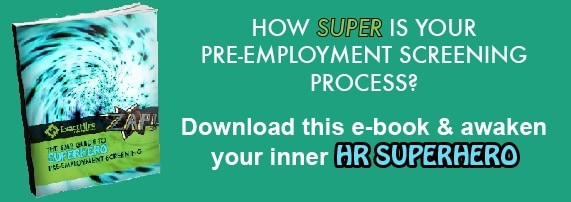Education – What Employers Really Want
I have four children, with the oldest getting ready to head off to college this fall. Like all 18 year olds, he’s trying to decide what interests him and can engage him as he enters the workplace. Having talked with him over the last several months about this, it’s opened my eyes to how much education is likely to change over the next few years.
For people my age, going to college after high school was the only viable option to making a good living. Without a college degree in the 80’s and 90’s, it was nearly impossible to get any type of professional position anywhere. At the same time, though, college was fairly affordable for most families — even those in the lower-middle-class range.
Fast-forward to today and everyone knows the cost of college has far outpaced inflation. Beyond the economics, however, there has been a significant shift in the workplace regarding what skills/training/expertise are considered valuable.
Skills That Are In Demand
It’s clear in today’s environment (and future, by most accounts) that specialized skills are in demand more than ever. The obvious example is technology — development, database administration, user experience/graphic design, etc. are all things that tend to always be in demand. Other non-technology examples include advanced manufacturing, medical equipment repair/maintenance, engine repair/maintenance (aviation, diesel equipment, locomotives). These are just a few examples of positions that are understaffed today, but weren’t even on the radar 10-15 years ago. Human Resource leaders and their recruiting teams have seen these changes and are starting to adjust to them with different recruiting strategies and sources.
So there are literally millions of jobs that go unfilled each year, yet many college graduates can’t find a job. We read about them every day. See the disconnect?
My point is that college degrees are still very important for many professions — medicine, accounting, pharmacy, teaching, finance, etc. At the same time, general degrees (like the one I earned — Business Administration) aren’t nearly as valuable as they were previously. My contention (and I’m not alone here) is that they don’t provide graduates with the tangible skills so often needed in today’s workplace. In short, it’s hard to show a great ROI to parents (or graduates), each of whom are often racking up huge debt, for these types of degrees.
Education That Employers Seek
Employers and their staff involved in the hiring process want applicants who can show an ability to contribute to the bottom line right away. What degree they earned (or didn’t earn) or from where it was earned isn’t nearly as much of an issue as it was in the past.
Here are trends I see happening now (and hopefully continuing as we move forward):
- Specialized degree programs (usually 2 years or less) that prepare graduates for a specific function or industry
- Kids who pursue 4 year degrees taking core classes online or at local community colleges (usually for the first 2 years) — then transferring those core credits toward their ultimate degree from a 4 year institution
- Apprentice programs for those who want to work in a chosen profession and need specialized training to get there. This allows them to have that training provided at little to no cost, in return for a commitment to work for their employer who paid for that training.
- Online degrees — they’re far less expensive and allow people to earn degrees while working
- Self-learning — this tends to apply more to technology and involves kids skipping post-secondary options completely. Instead, they learn by doing through online tutorials, meet-ups, etc.
It’s hard to predict how quickly these changes will be embraced by society. Traditional colleges and universities have much at stake to stave off these alternatives as long as possible. However, as the price tag continues to escalate at traditional institutions, making the option less attainable (even for upper-middle-class families), my prediction is the alternative trends emerging will continue to become a much more accepted option for both employers and society.
Jeff Hallam is Co-Founder of ExactHire, an Indianapolis-based firm that sells software to help employers automate and improve the quality of the hiring process. For more information about our products, please visit our resources section or contact us today.
Image credit: Harvard University ![]() by David Paul Ohmer (contact)
by David Paul Ohmer (contact)

